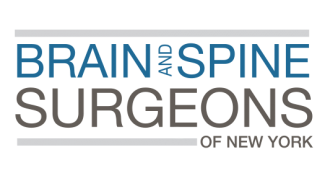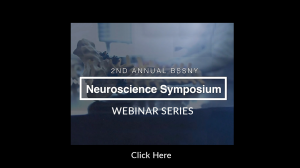
Skull Lesion Removal
Children are sometimes born with a bump or lump on their heads called a dermoid cyst, which typically occurs where plates of bone meet, called the “suture lines” of the skull. These lesions occur with skin elements (skin cells, hair, oil-secreting glands, etc.) get trapped within the grooves of the suture line and then are covered over during prenatal development by the rest of the scalp. The cysts can grow rapidly, very slowly, or virtually not at all. Despite their growth, these cysts tend to be painless.
Dermoid cysts can feel either soft and slightly compressible or can be “hard as a rock.” This is because the amount of bone on either side of the lesion can vary in thickness and height. Sometimes there is little to no bony edge surrounding it; sometimes there is a generous cuff of bone that ‘climbs’ along the side edges of the cyst. In fact, when these lesions are removed, they often leave behind a small ‘crater’ in the bone with slightly raised edges.
Unfortunately, dermoid cysts don’t respond to any creams or medications and if treatment is desired, it involves a surgical procedure.
Surgical Procedure
Since dermoid lesions sit directly beneath the surface of the skin removing them is a straightforward procedure. Once the skin incision is made, which is typically 1-2 cm long depending on the size of the cyst, the cyst is immediately visualized. They possess a well-formed capsule that literally peels away from the underlying bone. Occasionally, the “cuff” of the bony crater is shaved with a fine high-speed drill. The skin is closed with an absorbable suture so there’s nothing to cut later (the stitch falls off on its own).
At BSSNY, we use an endoscopic approach for dermoids on the forehead and over the eyebrows in order to avoid any visible scars.










